The Physics of Quantum Communication
Introduction
Quantum communication is a field of applied quantum physics closely related to quantum information processing and quantum teleportation. Its most interesting application is in quantum cryptography where it is used to transmit information securely. The field is defined by its use of quantum mechanical effects to transmit information.


Quantum Mechanics and Information Theory
Quantum communication is deeply rooted in the principles of quantum mechanics. Quantum mechanics is a fundamental theory in physics that provides a description of the physical properties of nature at the scale of atoms and subatomic particles. It is the foundation of all quantum physics including quantum chemistry, quantum field theory, quantum technology, and quantum information science.
Quantum mechanics introduces concepts such as superposition and entanglement that are key to quantum communication. Superposition is a principle of quantum mechanics that states that any two (or more) quantum states can be added together, or "superposed", and the result will be another valid quantum state. Entanglement, on the other hand, is a physical phenomenon that occurs when a pair or group of particles interact in ways such that the quantum state of each particle cannot be described independently of the state of the others, even when the particles are separated by a large distance.
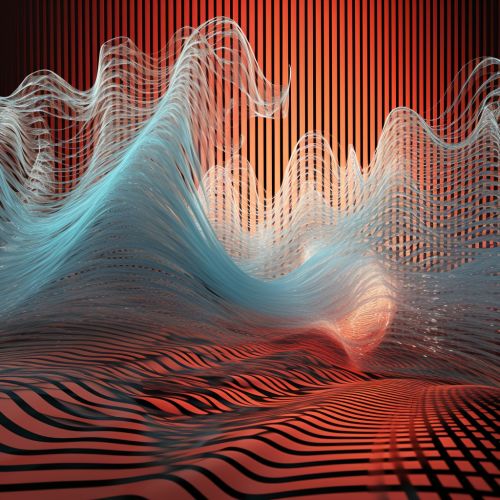
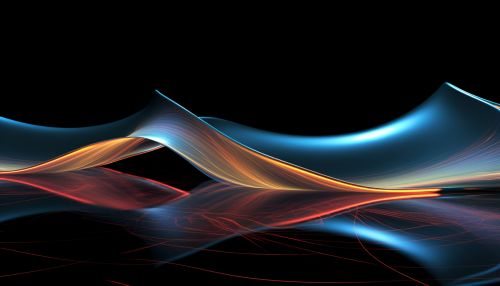
The principles of quantum mechanics are applied in the field of information theory to create quantum information theory. Information theory is a branch of applied mathematics and electrical engineering involving the quantification of information. Quantum information theory extends classical information theory to quantum systems and has applications in quantum computing and quantum cryptography.
Quantum Communication Channels
In quantum communication, the information is encoded into quantum states of particles such as photons. These particles, also known as quantum bits or qubits, are then transmitted over a quantum communication channel. A quantum communication channel is a communication medium that can transmit quantum states from one location to another. The most common type of quantum communication channel is an optical fiber, which can transmit photons over long distances.

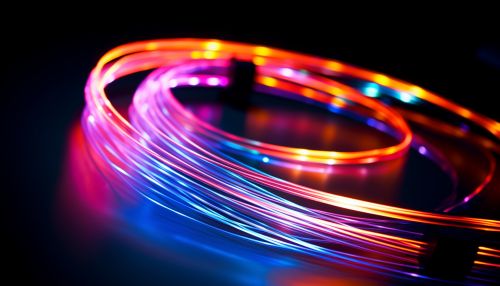
The quantum communication channel is subject to noise and loss, which can degrade the quantum states and lead to errors in the transmitted information. Quantum error correction techniques are used to detect and correct these errors. Quantum error correction is a set of methods in quantum information theory that is used to correct errors in quantum states. Unlike classical error correction, which can correct bit flip and phase flip errors separately, quantum error correction must correct both types of errors simultaneously due to the nature of quantum states.
Quantum Cryptography
One of the most promising applications of quantum communication is quantum cryptography, specifically quantum key distribution (QKD). QKD is a method of transmitting secret keys securely from one party to another using quantum communication. The security of QKD is based on the principles of quantum mechanics, specifically the no-cloning theorem and Heisenberg's uncertainty principle.
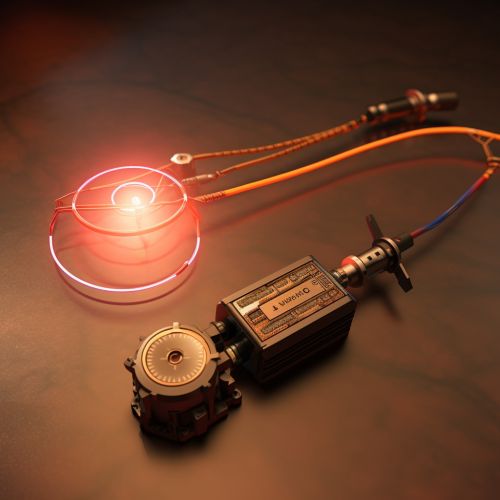
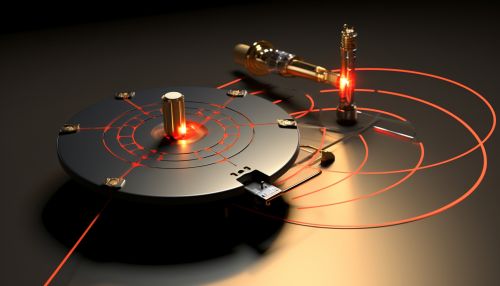
The no-cloning theorem states that it is impossible to create an identical copy of an arbitrary unknown quantum state. This means that an eavesdropper cannot make a copy of the transmitted quantum states without the sender and receiver knowing. Heisenberg's uncertainty principle states that the position and momentum of a particle cannot both be precisely measured at the same time. This means that an eavesdropper cannot measure the quantum states without disturbing them and revealing their presence.
Future of Quantum Communication
The future of quantum communication looks promising with ongoing research and development in quantum technology. Quantum communication networks, quantum internet, and quantum satellites are some of the future applications of quantum communication. Quantum communication networks are networks that use quantum communication to transmit information. The quantum internet is a proposed network of quantum computers linked by quantum communication channels. Quantum satellites are satellites that use quantum communication for secure communication.


